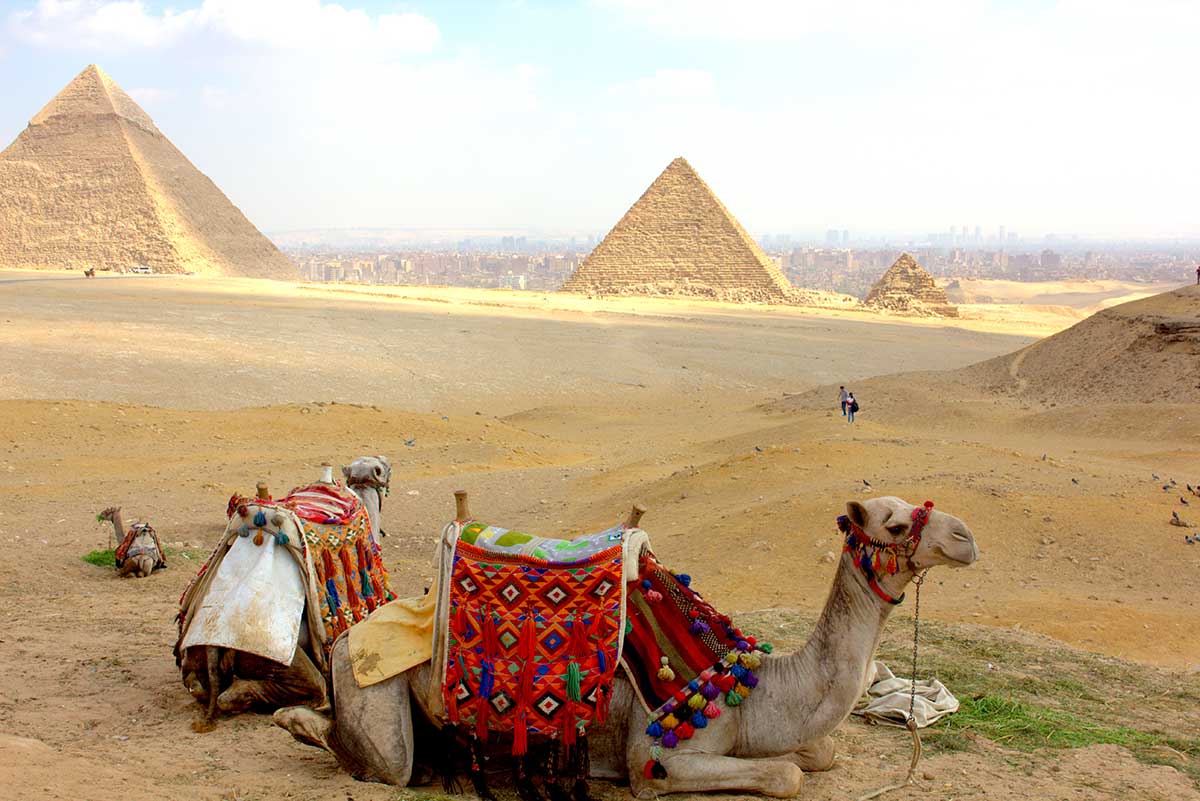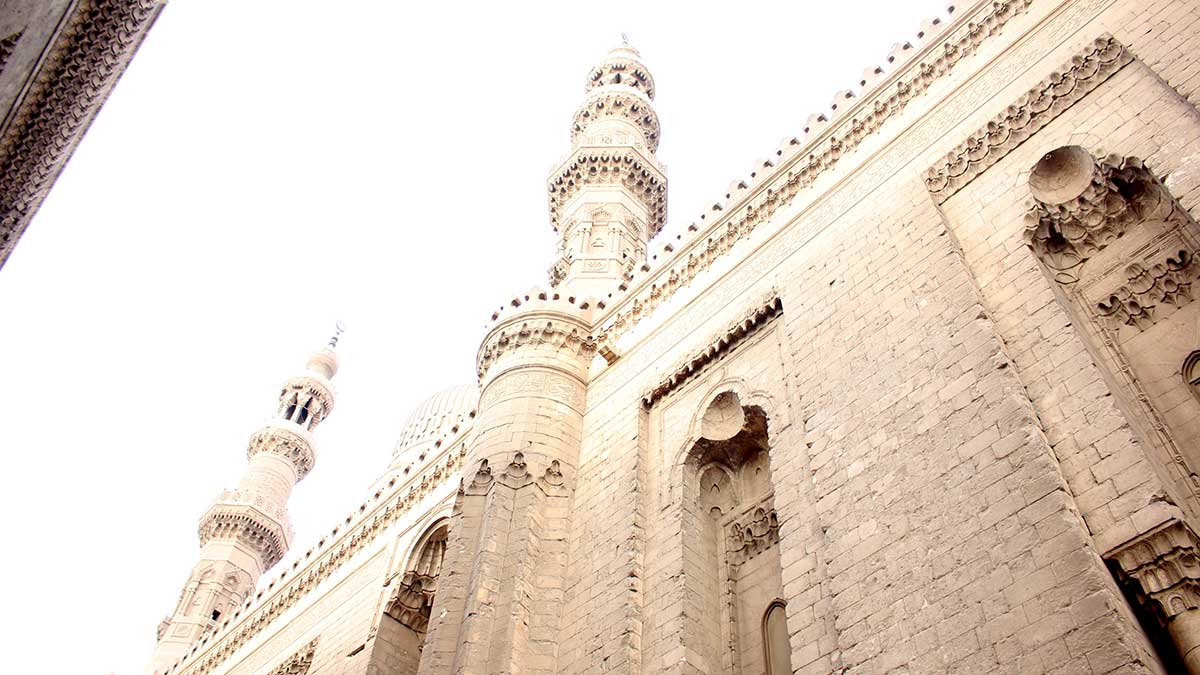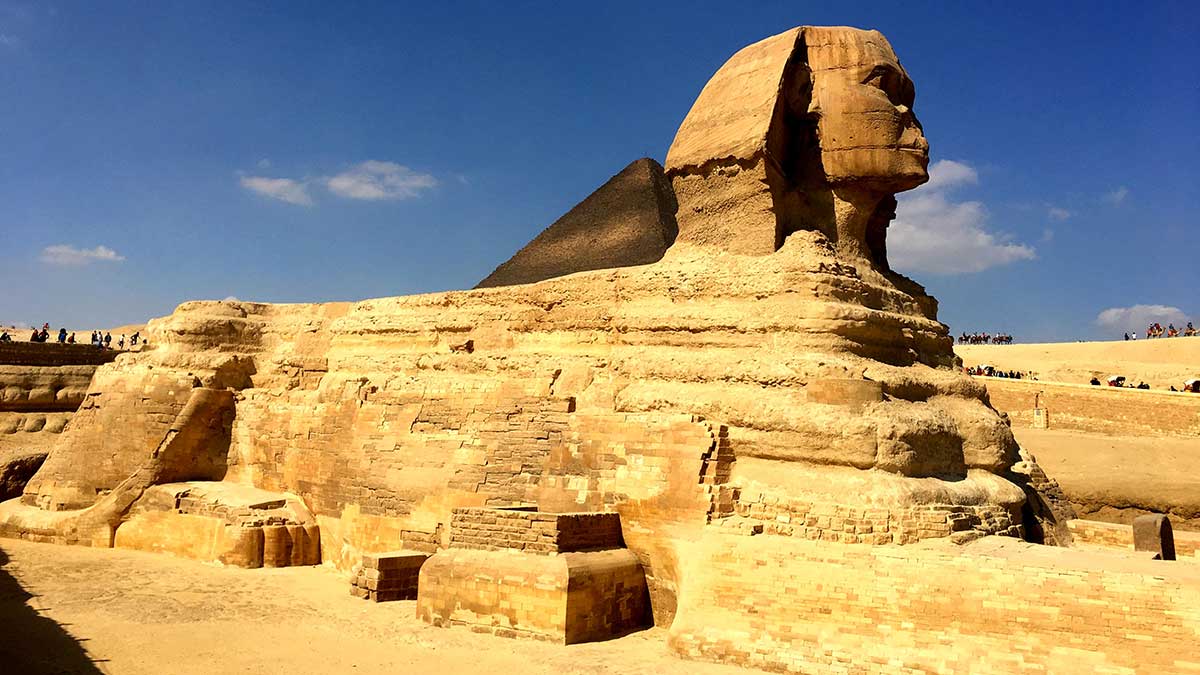Aramcon Travel
Aramcon Travel: Unveiling the enigmatic wonders of Cairo and the Giza Pyramids

Global August 21, 2023 - By
From the ancient to the bustling city of today, Egypt’s capital city well worth the trip.
Cairo, the bustling capital of Egypt, blends ancient marvels with contemporary skyscrapers and vibrant markets. With its skyline adorned with minarets, skyscrapers, and historic landmarks, Cairo ensures an unforgettable journey for travelers
And of course, there are the Giza Pyramids, a testament to the architectural brilliance and cultural significance of ancient Egypt.
Cairo’s sweetness can be found in its cozy cafes and narrow streets where the bustle of one of the world’s biggest cities is accompanied by honking horns, children playing, and street merchants.
The city’s history dates back millennia, evolving from a small settlement on the Nile into a thriving metropolis that has served as a hub for trade, culture, and power for long line of civilizations, including the Pharaohs, Romans, Arabs, and Ottomans.

Inside Cairo lies one of the world's oldest Islamic cities, with its famous mosques, madrasas, hammams and fountains. Founded in the 10th century, it became the new center of the Islamic world, reaching its golden age in the 14th century.
Al Hussein Mosque was constructed in 1870 on the site of a 12th-century mosque. The Midan or “town square,” located just before the mosque, provides access to the Khan el-Khalili Bazaar, a picturesque souq in the heart of Islamic Cairo awash in colors, noise, and an endless mix of essences and essential oils. Further toward the center, stallholders hawk a wide variety of goods, from gold, to carpets, to wall hangings, and quilted goods.
Dedicate a visit to El- Fishawy coffee shop, the oldest café in the heart of Khan El-Khalili. It hosted kings, princes, famous artists and intellectuals who narrated various stories and events that passed from one generation to another since it was built in 1771.
Meanwhile, Al-Azhar Park offers a 72-acre space of greenery with an architectural design inspired by historic Islamic gardens. The spine of the park is a formal axis with water fountains channeling toward small lake, and with alleyways pointing toward the famous landmark: the Citadel of Cairo.
Built by the Muslim caliph who defeated the Crusaders between 1176 and 1183, it became the center of Egyptian government and continued in that role until the mid-1800s. The citadel is famous for its mosque, breathtaking views of downtown Cairo, and very pleasant cool breezes.
Constructed during the mid-14th century, the Mosque-Madrassa of Sultan Hassan is one of the largest mosques in the world. Commissioned by the Mamluk Sultan of Egypt An-Nasir Hassan and completed in 1359, it was an impressive architectural achievement for its time.
Visitors enter through an enormous and intricately carved gateway into a surprisingly small, dark corridor, which then leads into a large yet peaceful courtyard centered on a domed fountain.
The Egyptian Museum is the oldest archaeological museum in the Middle East and houses the largest collection of Pharaonic antiquities in the world, including the unrivaled collection of the complete burials of Yuya and Thuya, Psusennes I, and the treasures of Tanis, as well as the Narmer Palette commemorating the unification of Upper and Lower Egypt under one king.
The museum also houses statues of kings Khufu, Khafre, and Menkaure, the builders of the pyramids at the Giza plateau. An extensive collection of papyri, sarcophagi and jewelry, among other objects, completes this uniquely expansive museum.
When it is completed, the Grand Egyptian Museum just outside of Cairo on the Giza Plateau (and next door to the Pyramids) will not only be the new crown jewel of Egypt, but it will also be one of the largest, most modern, and most renowned museums in the entire world.

The Giza Pyramids: Majestic guardians of time
The Pyramids of Giza, a testament to the ancient Egyptian civilization's greatness nestled in the Giza Necropolis near Cairo, were crafted by three Pharaohs over 4,500 years ago. Erected as tombs for three revered Pharaohs of Ancient Egypt during the fourth dynasty of the Old Kingdom, their original gleaming limestone casing has eroded over time, revealing the sturdy inner core of limestone blocks.
Today, they continue to captivate the world with their sheer scale and brilliance of engineering. Alongside the three main pyramids, the Giza plateau boasts an array of smaller pyramids and temples. The mysteries surrounding its construction, alignment, and purpose continue to captivate archaeologists, historians, and visitors alike.
Facing East, 20 meters tall and 73 meters long, the enigmatic Sphinx -- with the body of a lion and the head of a Pharaoh – has stood the test of time, though its nose and kingly beard have been eroded over the centuries it has watched over the pyramids.
In 1979, UNESCO designated the Giza Pyramids and the Sphinx as a World Heritage Site.



